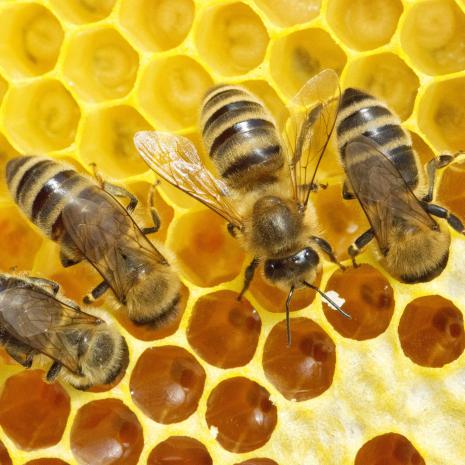
Breaking News
 $11 Trillion Quietly Moved - Americans Will Freeze & Obey When Market Collapse Hits : Chase Hughes
$11 Trillion Quietly Moved - Americans Will Freeze & Obey When Market Collapse Hits : Chase Hughes
 Econ 101 - 2026 Early Economic Forecast
Econ 101 - 2026 Early Economic Forecast
 Buy'r breaks the Blackrock monopoly- How the corporate club controls America
Buy'r breaks the Blackrock monopoly- How the corporate club controls America
 An AI Expert Warning: 6 People Are (Quietly) Deciding Humanity's Future! We Must Act Now!
An AI Expert Warning: 6 People Are (Quietly) Deciding Humanity's Future! We Must Act Now!
Top Tech News
 Build a Greenhouse HEATER that Lasts 10-15 DAYS!
Build a Greenhouse HEATER that Lasts 10-15 DAYS!
 Look at the genius idea he came up with using this tank that nobody wanted
Look at the genius idea he came up with using this tank that nobody wanted
 Latest Comet 3I Atlas Anomolies Like the Impossible 600,000 Mile Long Sunward Tail
Latest Comet 3I Atlas Anomolies Like the Impossible 600,000 Mile Long Sunward Tail
 Tesla Just Opened Its Biggest Supercharger Station Ever--And It's Powered By Solar And Batteries
Tesla Just Opened Its Biggest Supercharger Station Ever--And It's Powered By Solar And Batteries
 Your body already knows how to regrow limbs. We just haven't figured out how to turn it on yet.
Your body already knows how to regrow limbs. We just haven't figured out how to turn it on yet.
 We've wiretapped the gut-brain hotline to decode signals driving disease
We've wiretapped the gut-brain hotline to decode signals driving disease
 3D-printable concrete alternative hardens in three days, not four weeks
3D-printable concrete alternative hardens in three days, not four weeks
 Could satellite-beaming planes and airships make SpaceX's Starlink obsolete?
Could satellite-beaming planes and airships make SpaceX's Starlink obsolete?
The buzz behind bees: Essential allies for survival and prepping

Bee pollen is produced by combining honey, enzymes, flower pollen, nectar, wax and bee secretions. Foraging honey bees collect pollen from plants and transport it to the beehive, where it is stored and used as food for the rest of the colony.
Keep in mind that bee pollen is different from other bee products such as honey, royal jelly or honeycomb because these products may not contain pollen or may contain other substances.
Bee pollen is becoming more popular in the health community because it is full of nutrients, amino acids, vitamins, lipids and over 250 active substances that can help support your overall well-being during emergencies. (h/t to Healthline.com)
Here's why you should have bee pollen in your survival stockpile
Even the Federal Ministry of Health in Germany recognizes the health-supporting properties of bee pollen.
Here are some reasons to stock up on bee pollen before SHTF:
Bee pollen has an impressive nutritional profile with more than 250 active substances
Bee pollen has an impressive nutritional profile. It contains more than 250 biologically active substances, including antioxidants, carbs, enzymes, fatty acids, lipids, minerals, proteins and vitamins.

 First totally synthetic human brain model has been realized
First totally synthetic human brain model has been realized Mach-23 potato gun to shoot satellites into space
Mach-23 potato gun to shoot satellites into space

